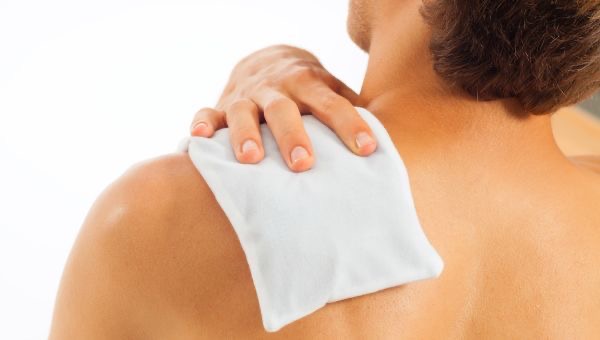
Pain Management: When to use Heat & Cold Therapy
Physical activity in any form is essential for the proper functioning and longevity of the body. It helps improve bodily functions and at the same time is a good builder as well, having us feel good about ourselves. On the flip side, with physical activities comes injuries, which dampen the mood but can happen to anyone, either from a sport or working out in the gym. Most of us have dealt with some musculoskeletal injury at some point in time caused by wrong movement and incorrect lifting posture or even trying to lift excess weight. When an injury does occur, we are told to apply an ice pack, or at times to alternate between hot and cold applications of short bursts. But ever wondered why is this recommended or how does this help the body in recovery? Read on below to find out when to use which form of therapy.
Heat Therapy
This form of treatment should not be applied with the onset of the injury, since the heat will increase the blood flow in the affected and the swelling, if any will get bigger. But when dealing with chronic conditions, heat therapy is best suited to help relax the affected area and stimulate blood flow while at it keeping in mind the material applied should be warm and not hot so as to not risk burning the skin. Also, it is important to note that the heating material should not be kept on the affected area for long extended periods of time, rather short bursts of usage are ideal, with at least 2-3 times a day being applied depending on the severity of the injury. Apart from the above information, there are certain precautions one must keep in mind while administering this treatment, either by themselves or treating someone
- It is not suitable for areas of the body where blood circulation is poor
- In case the skin is not in the appropriate condition, it is best to avoid this treatment
- If the affected area has an infection on the skin, heat therapy could possibly worsen the extent of said infection and cause further problems so stay away from the application
- Also, if the intended receiver in this treatment has poor sensory responses or sensation in the body, heat therapy will not be as effective as it usually is
- Lastly, if the injured person is a diabetic whose levels are not under control, this treatment is not recommended for such individuals
Cold Therapy
Contrary to heat therapy, cold therapy is to be applied on the sudden onset of injury. This will help lower or even stop the swelling and reduce pain at the same time. This also helps the reduction of muscle spasms and negate the possibility of excess blood flow in the damaged tissue. One can either get an ice pack from the pharmacy and use it or fashion one by putting ice cubes in a bag or using a wet towel. Never apply ice directly to the affected area or overuse than it should. Keep moving the pack around and use it in short bursts, similar to heat therapy. In the case of chronic conditions, application of cold therapy is a good treatment option but always remember to never use this method prior to any physical activity since the ice will restrict movement and that could potentially further damage the area in question. Icing it down post activity will help reduce any swelling or pain and assist in bringing down the inflammation.
Alternating between hot and cold therapy is standard for when rehab is in progress of the injury. This constant change in hot and cold sensations helps the affected muscle area respond faster to sudden changes it faces and thereby helps in recovery. Follow my post to know 7 ways to dal with DOMS
View this post on Instagram






